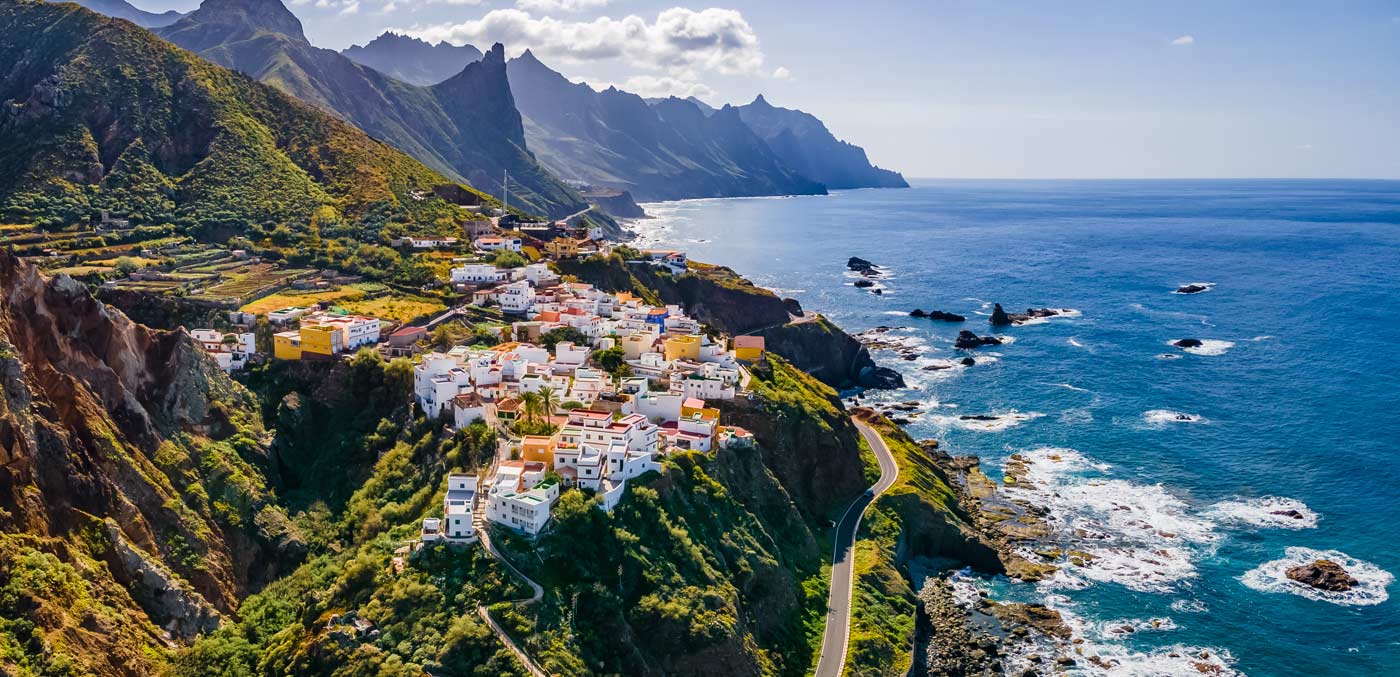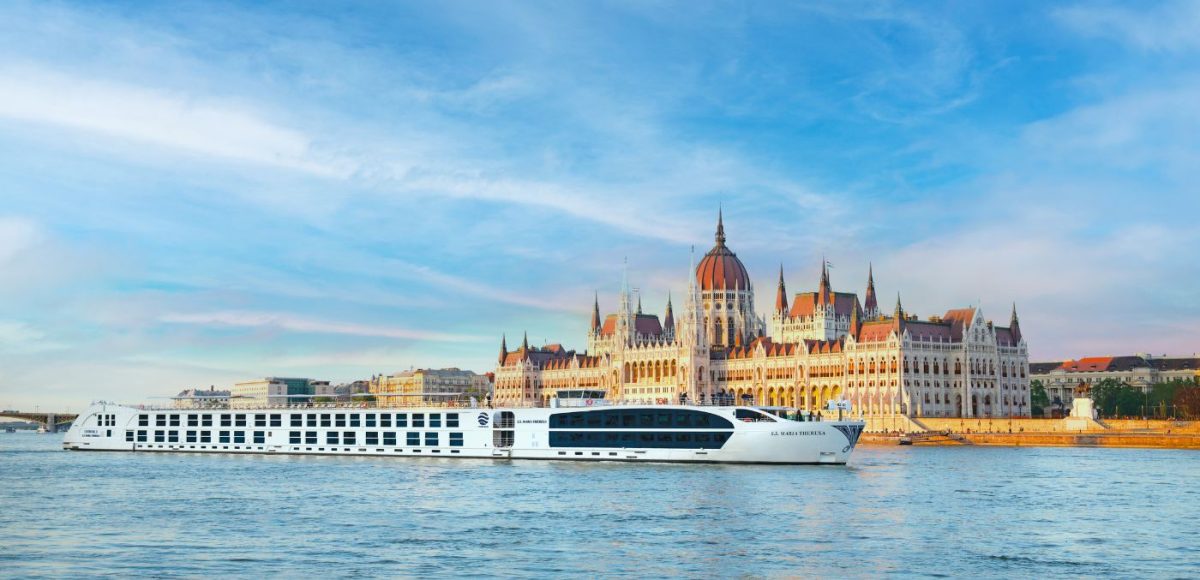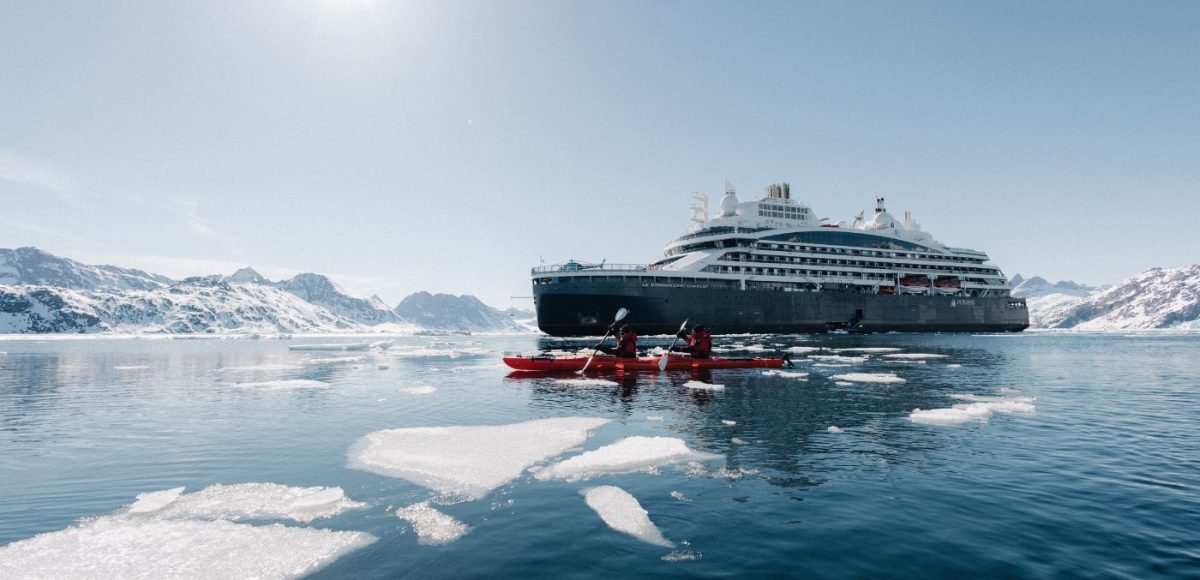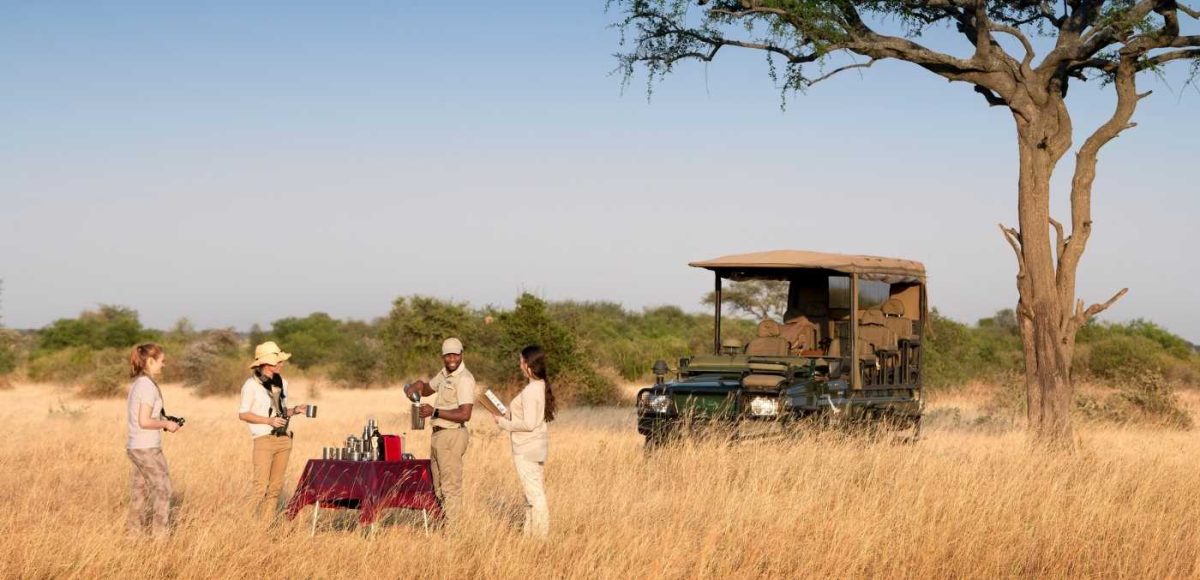Closer to Africa than Europe, Spain’s Canary Islands may have a reputation for sunshine and beaches, but it’s also a paradise for nature lovers, writes Jocelyn Pride.
Can you hear it?’ whispers Dario. “Is it a canary?” I ask my guide hopefully, as we creep along the forest floor. “No,’ he replies stifling a giggle. “It’s a pigeon.” Peering into dense foliage where the deep-throated warbling (sounding nothing whatsoever like a canary), is coming from, I’m rewarded with a glimpse of iridescent purple feathers. “Bolle’s pigeon,” Dario confirms. “An endemic.” I’m in Anaga Rural Park, one of the many treasures of the Canary Islands. Sprawling across 14,500 hectares with razor-sharp mountain peaks framing laurel forests plunging into seemingly bottomless ravines stretching to the ocean, the UNESCO-listed Biosphere Reserve covers the entire northern tip of Tenerife, the Canaries’ largest island, (some 45 times smaller than Tasmania).
Biodiversity millions of years in the making
Volcanic in creation, and millions of years in the making, the Canary Islands are an enigma. This necklace of seven main isles, peeking out of the ocean a couple of hundred kilometres from the African mainland, is a hotspot of biodiversity. The Bolle’s pigeon is not alone – in the sky, water and on land there are thousands of species of flora and fauna found here, with many endemics Everything thrives because of the climate,” Dario explains. “The Sahara Desert acts like an umbrella from storms and the Canary current keeps the islands surrounded by cool water.”

Meeting Canary Island’s locals
For the next few days, I feel like I’m unwrapping gifts from Mother Nature. It’s mid-March and patchwork quilts of flowers line the mountainous roads with splashes of yellows, purples, pinks and reds. Sometimes glades of cactus suddenly appear, scorched against the azure sky; other times twisted branches entwine creating tunnels that make daylight seem like nightfall.
One afternoon Dario takes me to one of his favourite coastal trails. Without a soul in sight, I wander along the track with sheer cliffs covered in vegetation clinging to rocky outcrops on one side, and the ocean pulsating onto the blackened volcanic shoreline on the other. Spray hangs in the air, gently touching my cheeks and Atlantic gulls and shearwaters soar overhead.
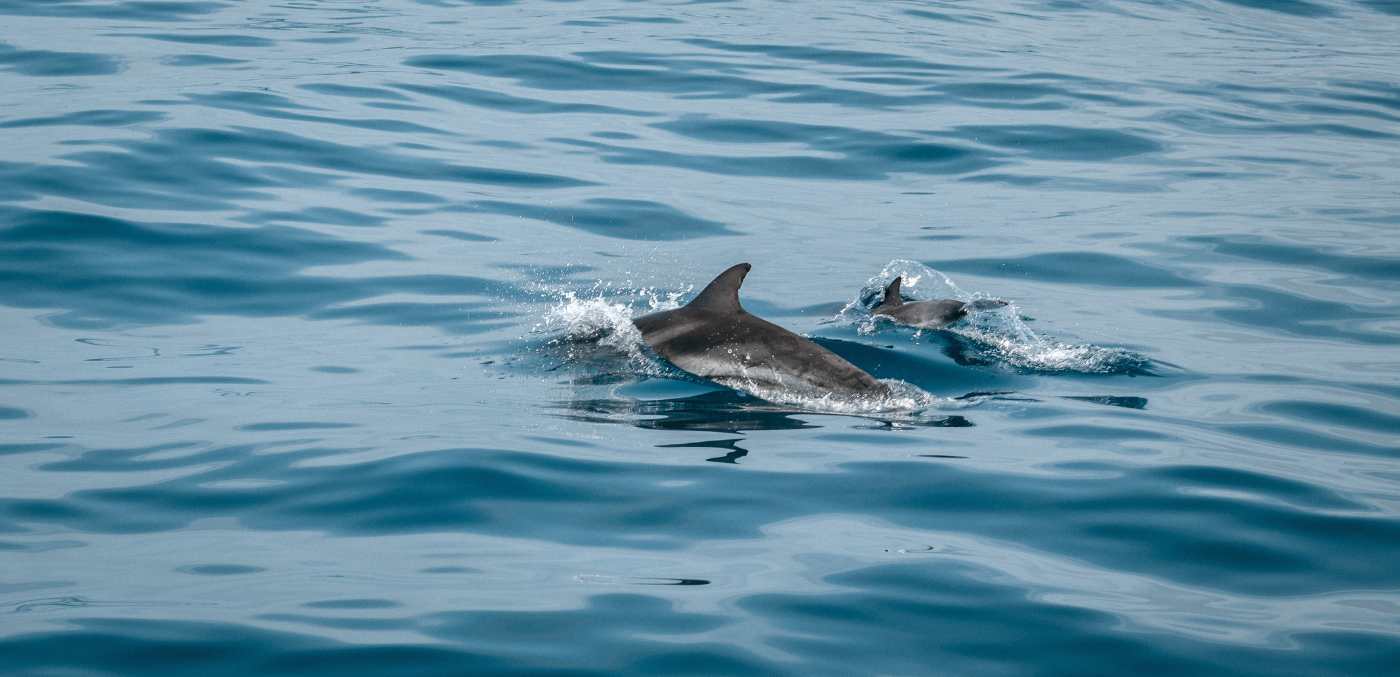
Another day we board a luxury yacht from the island’s capital, Santa Cruz, for a private whale and dolphin watching cruise. Scouring the horizon for tell-tale signs of wildlife, Daniel Avila, owner of Big Smile Charters, explains why this designated conservation zone is one of the best places in the world to spot pilot whales and many other cetaceans. “The water here goes down to 1,000 metres. It’s the habitat for giant squid, which is what pilot whales eat. Between 400 and 700 live here-” Before Daniel can finish, there’s a sudden splash at the bow and a couple of bottlenose dolphins appear. They’re quickly joined by six more, and within minutes there’s a pod of around 25. Totally mesmerised, I stare into water so clear it’s invisible as these gregarious clowns of the sea frolic around us.
By the time the dolphins swim off, eight pilot whales come into view on the port side. It’s my first sighting of these creatures known as the ‘cheetahs of the sea’. However, floating in a line with the sun glistening on their backs, they look more like they’re on holiday at one of the nearby resorts. “They’re resting,” says Daniel with a laugh. “We would be too if we had to dive as deep as they do for our dinner.”

Exploring Teide National Park
On my last evening in Tenerife, Dario bundles his telescope in the car, and we head to the jewel in the crown of the islands – UNESCO World Heritage-listed, Teide National Park, a short drive from Santa Cruz. With El Teide, a massive sleeping volcano standing 3,718 metres above sea level as the centrepiece, it’s like we’ve taken a rocket to Mars. Surrounded by plains of volcanic rock punctuated by pockets of heavenly scented Canarian pines and a sea of clouds swirling below, the sun dips and everything glows. Later, the sky turns into an artist’s canvas and Dario points out constellations like Big Dipper, Little Bear, Orion, and even the North Star.
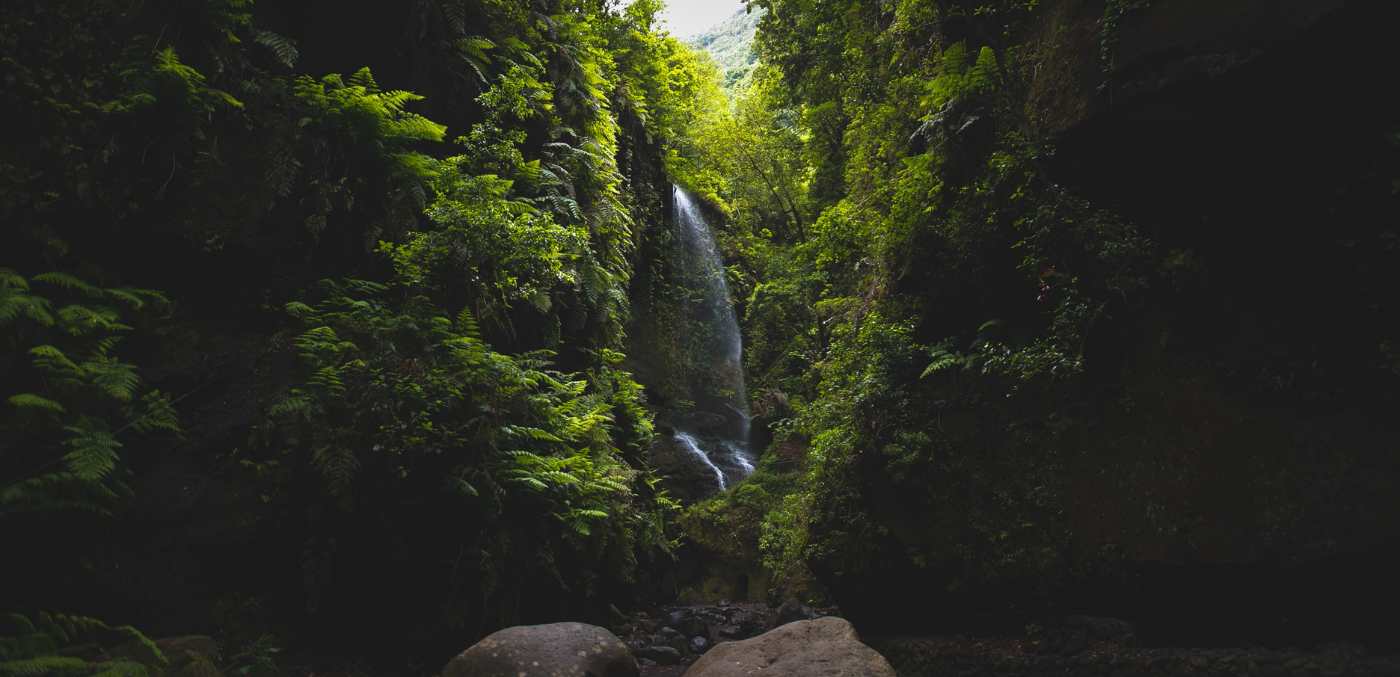
Hiking La Palma’s highest mountain
After a short flight across to one of the youngest islands in the archipelago, the astronomy theme continues. The entire island of La Palma is certified as a Starlight Reserve and is home to the highest mountain on the island, Roque de los Muchachos (2,426 metres above sea level), where an international observatory houses telescopes operated by various nations. Seeing cutting-edge technology is one thing, but hiking the edge of the world is another. At 6’10, Simon, my ex-Canadian basketballer-married-to-an-islander guide takes one step to my every three. Although not particularly steep, the solid rock underfoot is unforgiving. Taking a break halfway, I’m uplifted by a board showing potential wildlife along the trail. Canary is listed and I immediately start visualising the sweet sound of the songbird echoing through the valleys. Not to be, but a 360 view above a sea of white fluffy clouds certainly takes some beating.
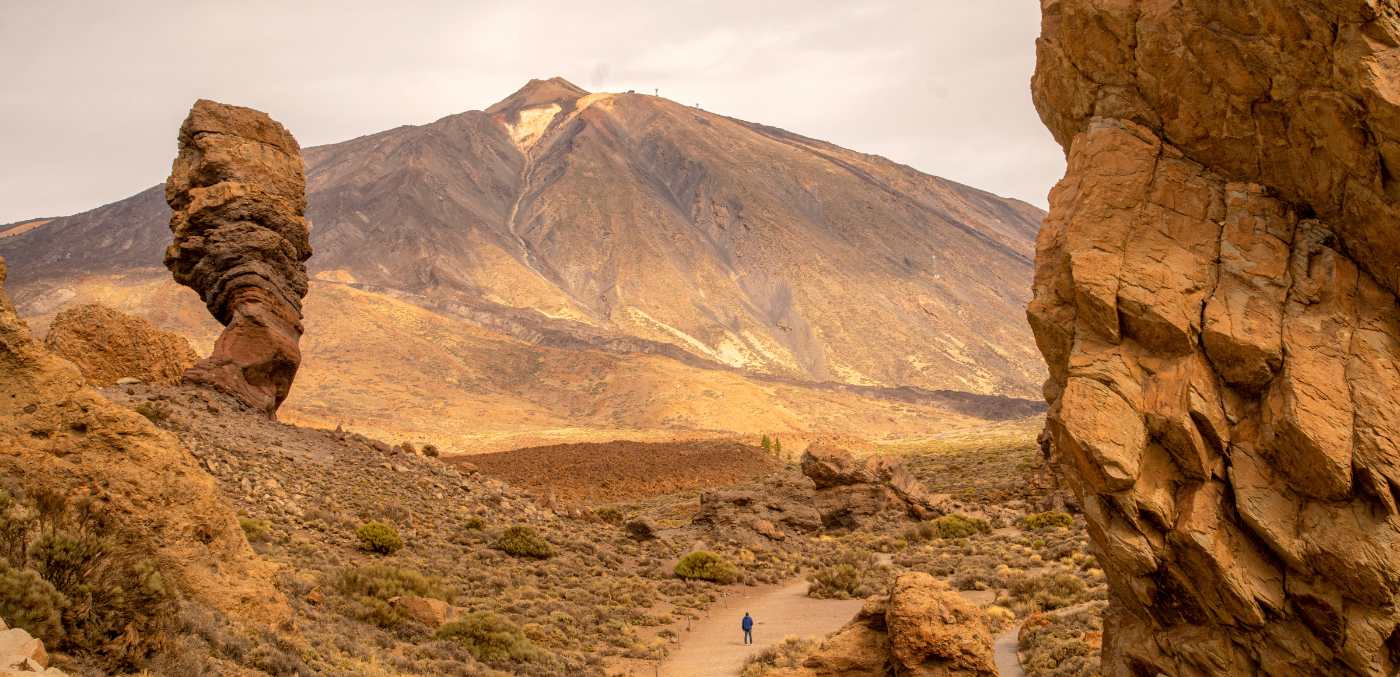
The unique changing landscapes of the Canary Islands
Around a third of the size of Tenerife, and only 47 kilometres long and 28 wide, La Palma is still growing. Literally. “The island has recently grown because of this lava,” Simon says. We’re snaking our way through the aftermath of Cumbre Vieja flipping its lid on 21 September 2021, swallowing around 3,000 buildings (fortunately no lives), as a slow-moving wall of lava bulldozed its way to the ocean over 85 days and created a new peninsula. Living through the sheer power of nature at its rawest, Simon, whose house was spared, explains how the eruption has brought people together. “When a disaster happens in your area, it’s challenging. This is a tiny island and the volcano took up a tiny spot on it. We need people to know it’s safe to come here.”
Later we head north and meander in the footsteps of dinosaurs through a jungle of giant ferns and ancient towering laurels. Deep within the ethereal landscape, the sound of trickling water becomes louder as the Los Tilos waterfall around a mossy rock-covered bend. Islands of contrast. I may not have seen a canary, or all seven islands, however, I leave with my mind blown by the unique beauty of this small slither of Europe; funnily enough named after the Latin word for dogs (canaria), rather than a bird.
Getting there
The Canary Islands are less than a three-hour flight from Madrid. Flights operate between islands and there is also an inter-island ferry.
Since the writing of the above, the island of Tenerife in the Canary Islands has experienced wildfires of an unprecedented scale. Signature Media would like to extend condolences to those who have been and continue to be affected by this disaster.
Read more:
This article originally appeared in volume 45 of Signature Luxury Travel & Style magazine. Subscribe to the latest issue today.







